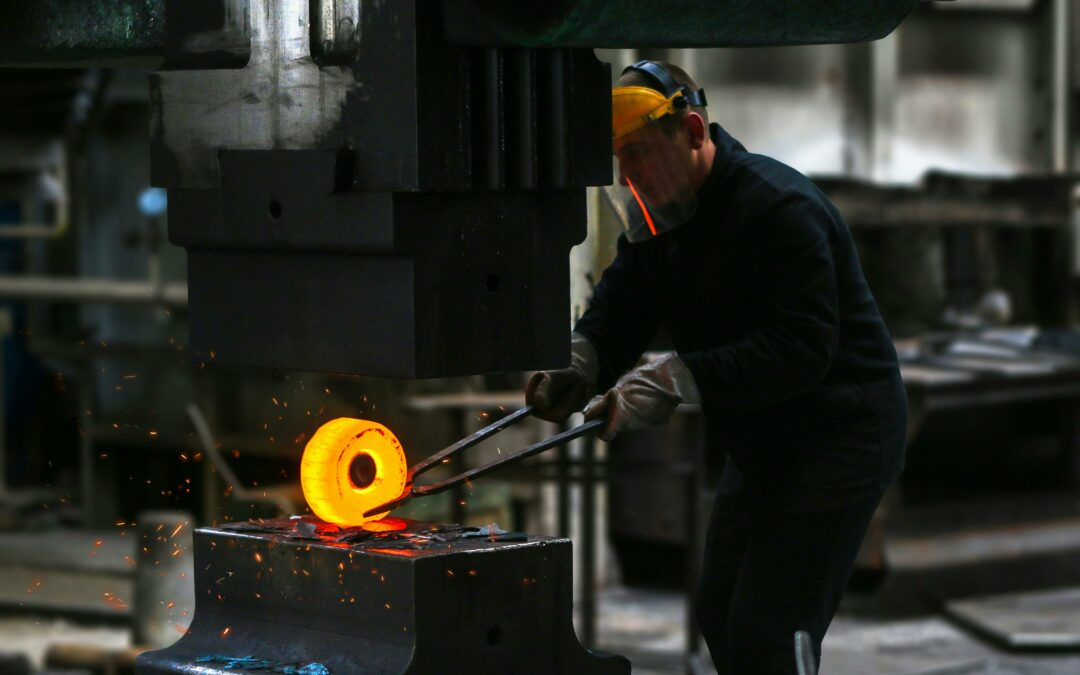Transformers are electrical devices responsible for efficiently distributing power across various industries. Understanding the factors that impact the lifespan of a transformer is crucial for ensuring its optimal performance and longevity. One such factor is temperature.
Keep reading to learn about how temperature influences the lifespan of a transformer.
Rise in Temperature and Transformer Efficiency
Transformers generate heat, just like any other electrical device. As they warm up, the coils become hotter than the air surrounding them. If the transformer performs well, it will naturally become hotter, which may not be ideal given how long it will survive.
Having good insulation is crucial for transformers to withstand temperature effects. Transformers frequently fail due to poor insulation systems. Moisture, high loads, and severe temperatures can all impact the insulation, shortening its lifespan.
Transformer Aging
High temperatures can greatly speed up the aging process of transformers. Even a slight temperature increase can reduce a transformer’s lifespan. Excessive heat and increased moisture and oxygen levels can harm the dielectric liquid inside the transformer over time. This degradation can also affect the solid insulation, reducing the transformer’s expected lifespan.
Maintenance and Life Expectancy
Taking proper care of a transformer can extend its life. A transformer has a 20–30 year lifespan with proper maintenance. Regular inspections and fixing mistakes before they become serious are part of effective maintenance. This ensures that the transformer remains at the proper temperature and lasts for an extended period.
Transformer Design
When designing transformers, manufacturers carefully consider temperature factors. The highest temperature within the transformer, known as the hot spot temperature, is a crucial aspect affecting its lifespan. Creating transformers with effective cooling mechanisms and suitable insulation ratings can help counteract the effects of temperature on longevity.
Cooling Systems and Temperature Control
Transformers use various cooling systems to manage temperature impacts. These mechanisms serve to keep the transformer’s operating temperature within acceptable ranges. Natural airflow, forced air circulation, oil cooling, and liquid cooling are types of cooling methods. Cooling systems help to improve the lifespan of transformers by properly dispersing heat generated during operation.
Overloading and Temperature Rise
When you use a transformer beyond its recommended capacity, it gets too hot. This prolonged overheating can make the insulation materials age faster, cutting short the transformer’s life. To make sure it lasts, do your best to stick to what the manufacturer advises and not overload the transformer.
Considering the Surrounding Temperature
Besides the transformer’s own heat, the temperature around it matters too. Transformers in places with really hot or cold weather face extra challenges. High temperatures outside can make the transformer even hotter inside, straining its insulation. Meanwhile, super cold temperatures can thicken the insulating oil, making it harder to cool down the transformer effectively.
Upgrade your transformers today and unleash the full potential of your applications with Bridgeport Magnetics Group, Inc. Contact us or call us at (203) 954-0050 now to explore how we can bring power to your projects.

